In this digital era, social media is one of the most effective channels in building brand awareness.
But why is that important?
Because increasing brand awareness means gaining more exposure to potential customers. Which is why it’s the first step in the marketing funnel.
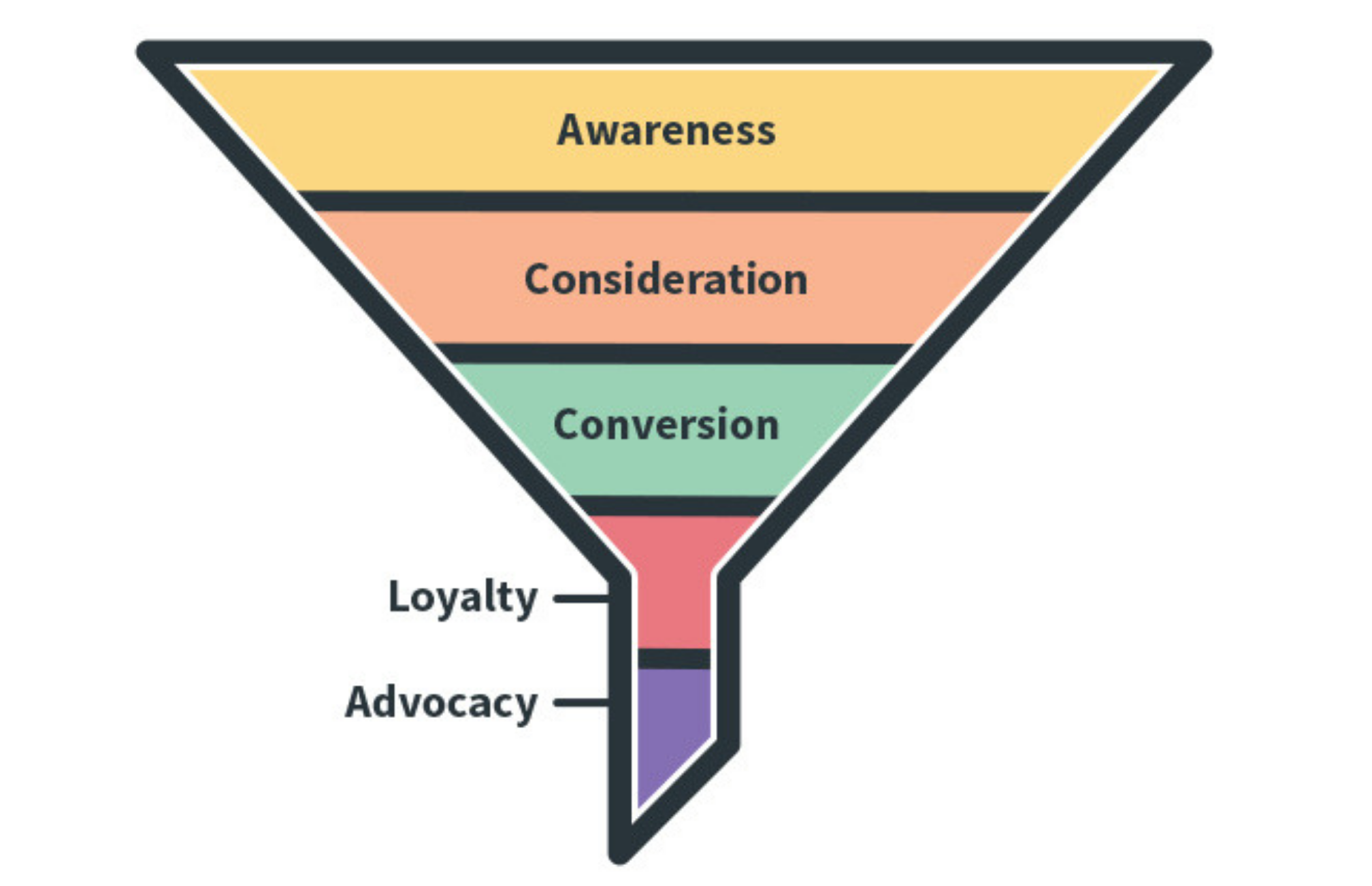
After all, the more people that are aware of your product or service, the more you will increase your number of customers.
Social media is also great for increasing customer loyalty and advocacy for your products. Because it lets you develop stronger customer relationships through two-way engagement, and helps build a sense of trust and reliability.
And that’s why social media and email marketing go hand in hand. Using both effectively can improve your overall campaign performance. And create loyal customers who will be opening emails, reacting to posts and sharing your content.
That’s why we’re about to take you through seven great ways to integrate social media with email marketing.
1. #ShamelessPromo – promote your social media in emails
If you’re looking to increase your social media follower count, your mailing list is the best place to start.
Link to your social media channels in every email campaign so readers can easily find and follow you. Most marketers put the social media links in the footer of their emails. Which is a good place to put them, because it allows you to maintain consistency across campaigns.
Here’s an example of Waterstones including links to their Twitter, Facebook, Instagram and YouTube channel in their footer. They also draw attention to their YouTube channel specifically by inviting readers to “binge-watch” their videos.
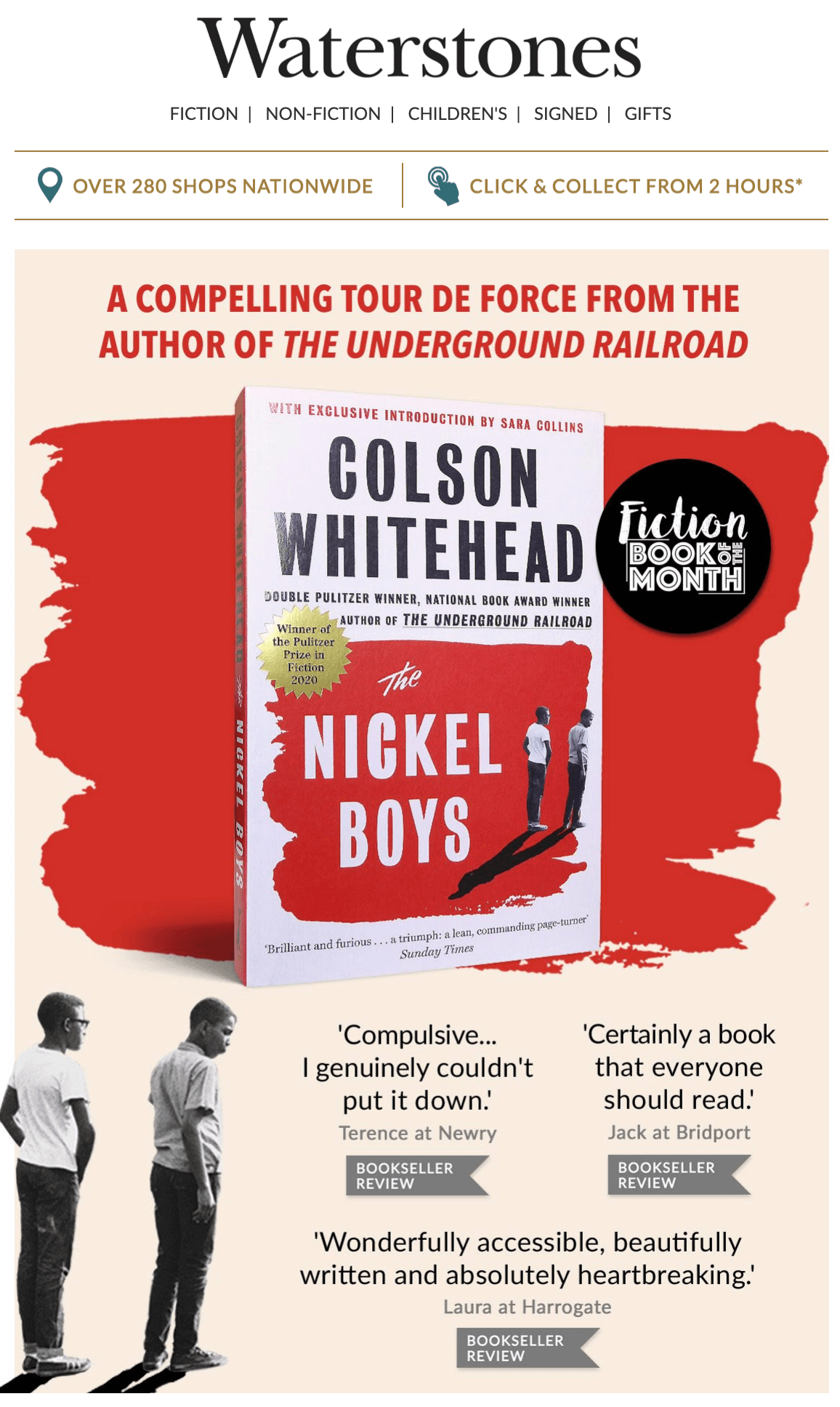
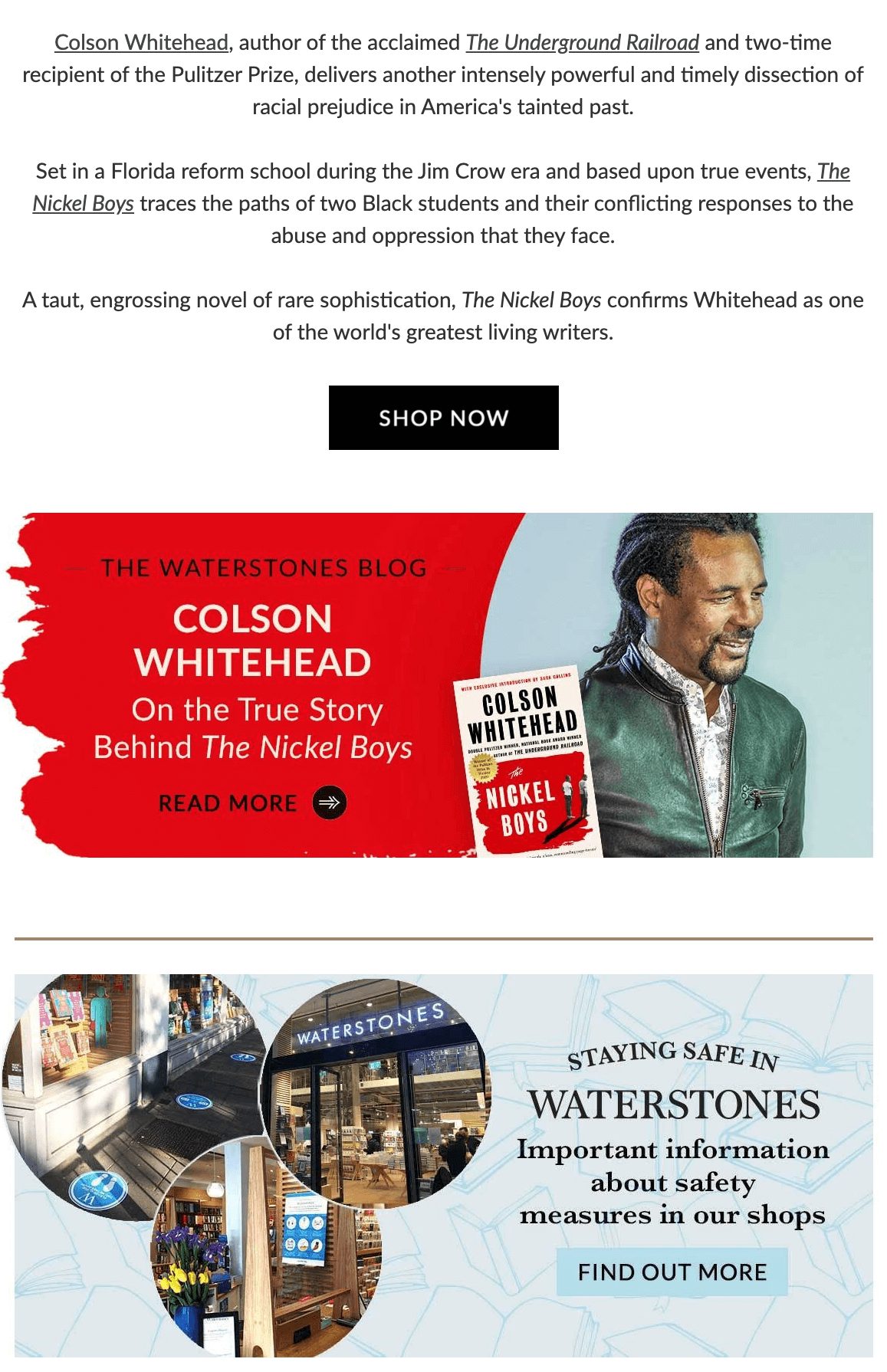
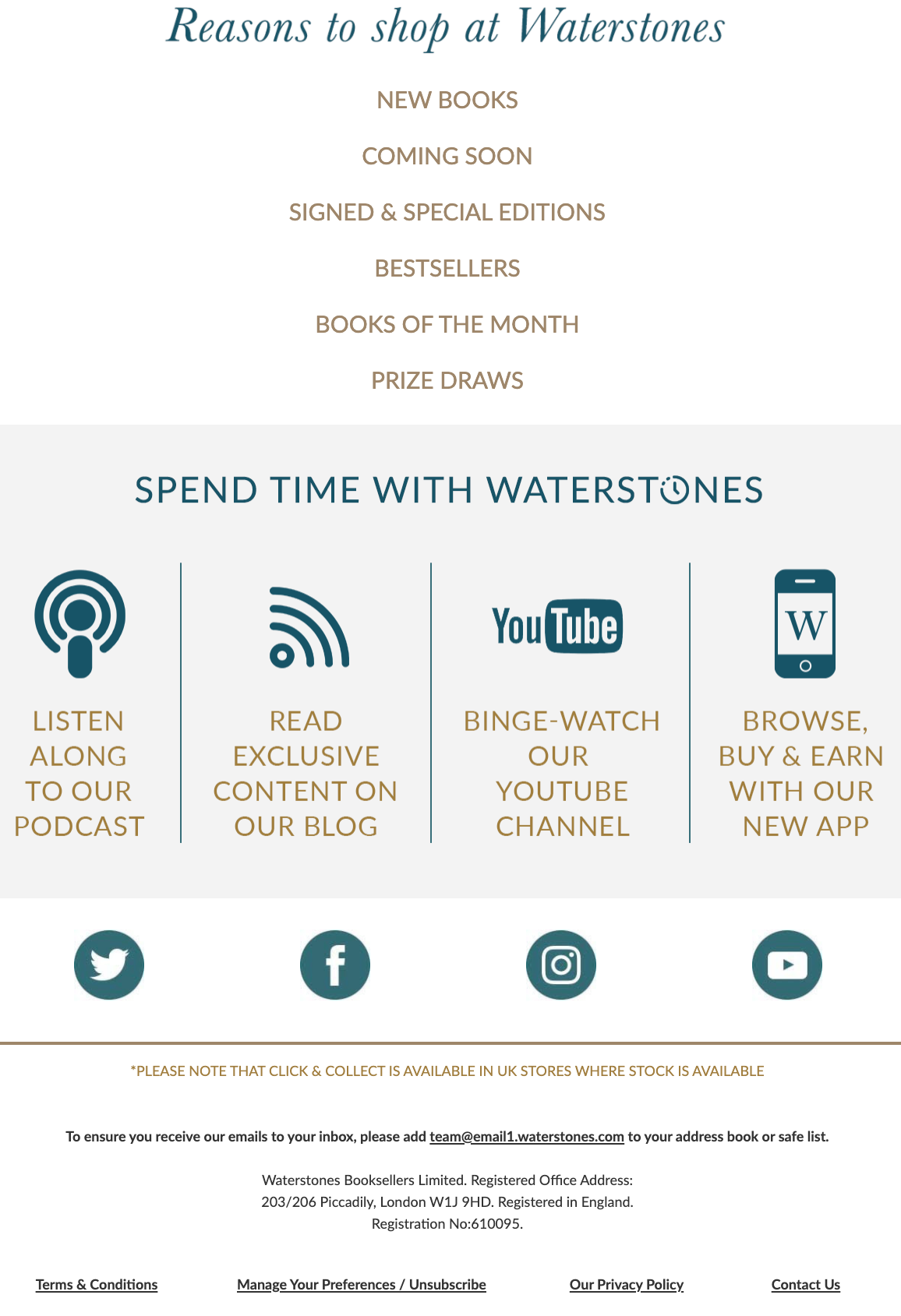
Waterstones uses the social media logos to link to their profiles. This is common practice on websites and in emails. It helps reduce the need for text and make the overall effect more visual. Which works when these logos are so well known globally.
You can switch things up by including extra links to specific posts within your email. Or by including content from your social media channels.
One way to do this is to share user-generated content (UGC). For example, take a Tweet or Instagram post that you were tagged in and showcase it in your emails. This is a form of social proof that can be highly effective in email campaigns.
Here’s how makeup brand Glossier uses UGC in their emails to promote products:
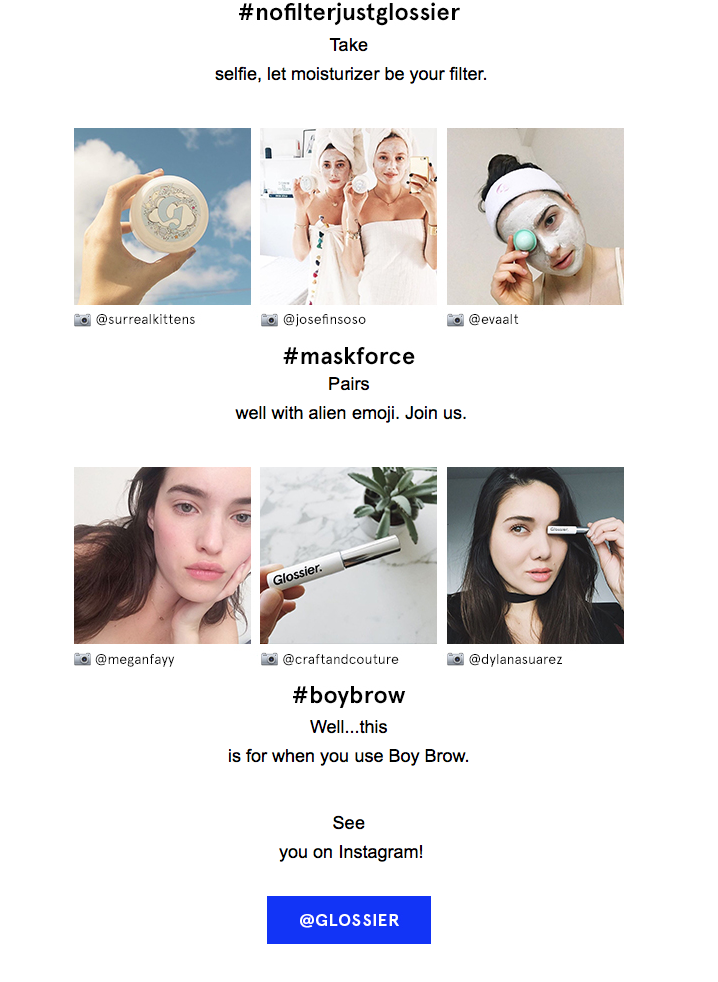
Glossier uses pictures of their products that were taken by customers and posted on Instagram. By sharing UGC in emails and tagging creators, you make your social followers feel valued. And that’s worthwhile doing – after all, they are increasing your brand awareness for free.
Doing this also encourages subscribers to create posts using Glossier products for a chance to be featured. And Glossier cleverly includes the hashtags creators would need to use to get noticed –#nofilterjustglossier, #maskforce and #boybrow.
For those using rich text emails, you can also leverage social media links as part of an email signature marketing campaign. Add your social media logos to your company signatures and let your company email correspondence promote your social media channels to every one of your recipients. This could translate into hundreds or even thousands of impressions each day.
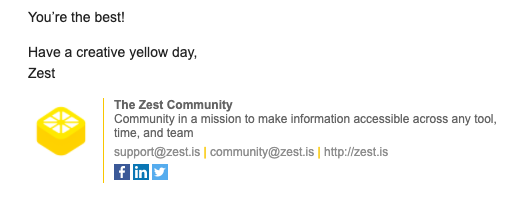
2. #Follow4Follow – start following your followers
Show some love to your followers by following them back and engaging with them when they comment on your posts. This allows you to build relationships with your customers and will increase engagement on your pages.
You can also follow the contacts on your mailing list on social media by uploading your subscribers’ email addresses into a custom audience on your preferred channels. This is easy to do as most people have their social media linked to the email they use to sign up to newsletters.
Each platform has different ways to do this. For example, Twitter lets you create a Tailored Audience by syncing subscriber information from a custom list, website or mobile app. With a custom list you can upload a TXT, TSV or CSV file of names and email addresses you’ve collected.
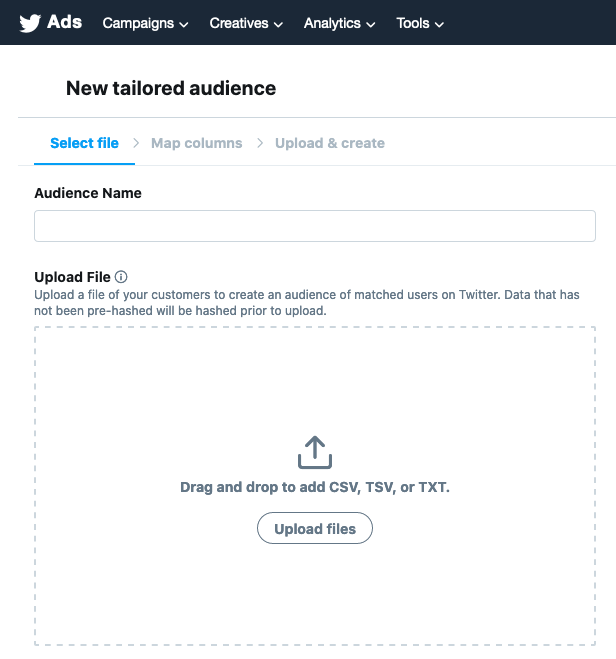
Similarly, Facebook allows you to create a Custom Audience using your mailing list. Or you can use the data they hold on impressions and engagement with your Facebook and Instagram pages.
Here’s all the different methods you can use to create a custom audience on Facebook:
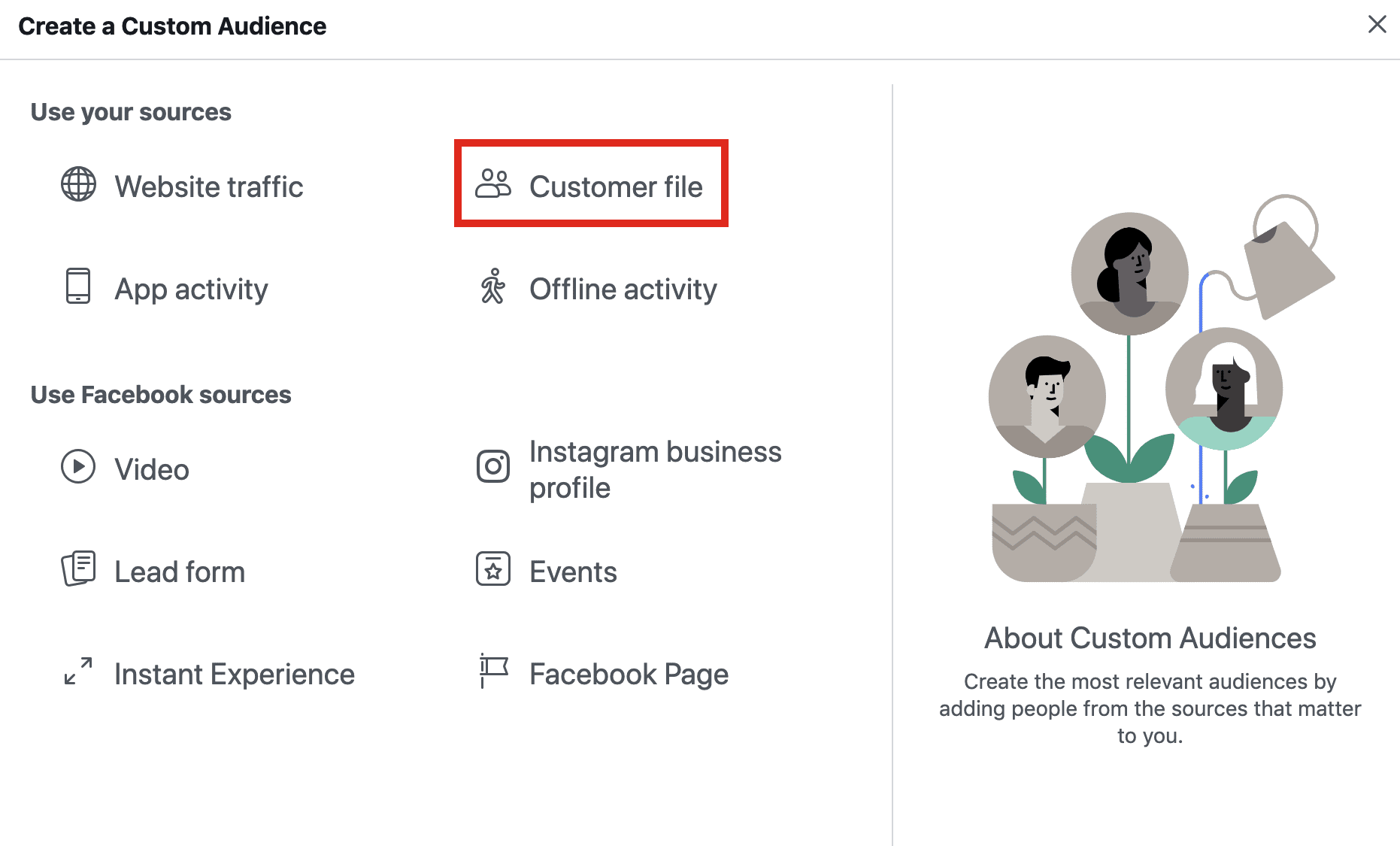
Once you’ve created an audience from your mailing list, see who follows you and follow them back.
You can also use these audiences to create retargeting ads. Advertising to your mailing list is a cost-effective way to drive sales and other types of conversions. Simply because it’s an audience that you know are interested in your brand and, therefore, more likely to be responsive to your ads.
3. #Repost – reuse content from your emails
Regularly creating content for your emails AND your social media channels can be a challenge. Plus time-consuming. And sometimes you can feel like you’ve run out of ideas.
But fear not.
There is ALWAYS something you can post. One great way is to turn content from your emails into social media posts. You might find that some emails have enough content for three or four posts, if not more. So make a few changes to the copy to suit the platform you’re using and – voila! – you’ve got a new post.
Here’s an example of how Sunday Chapter has used content from an email newsletter on Pinterest:
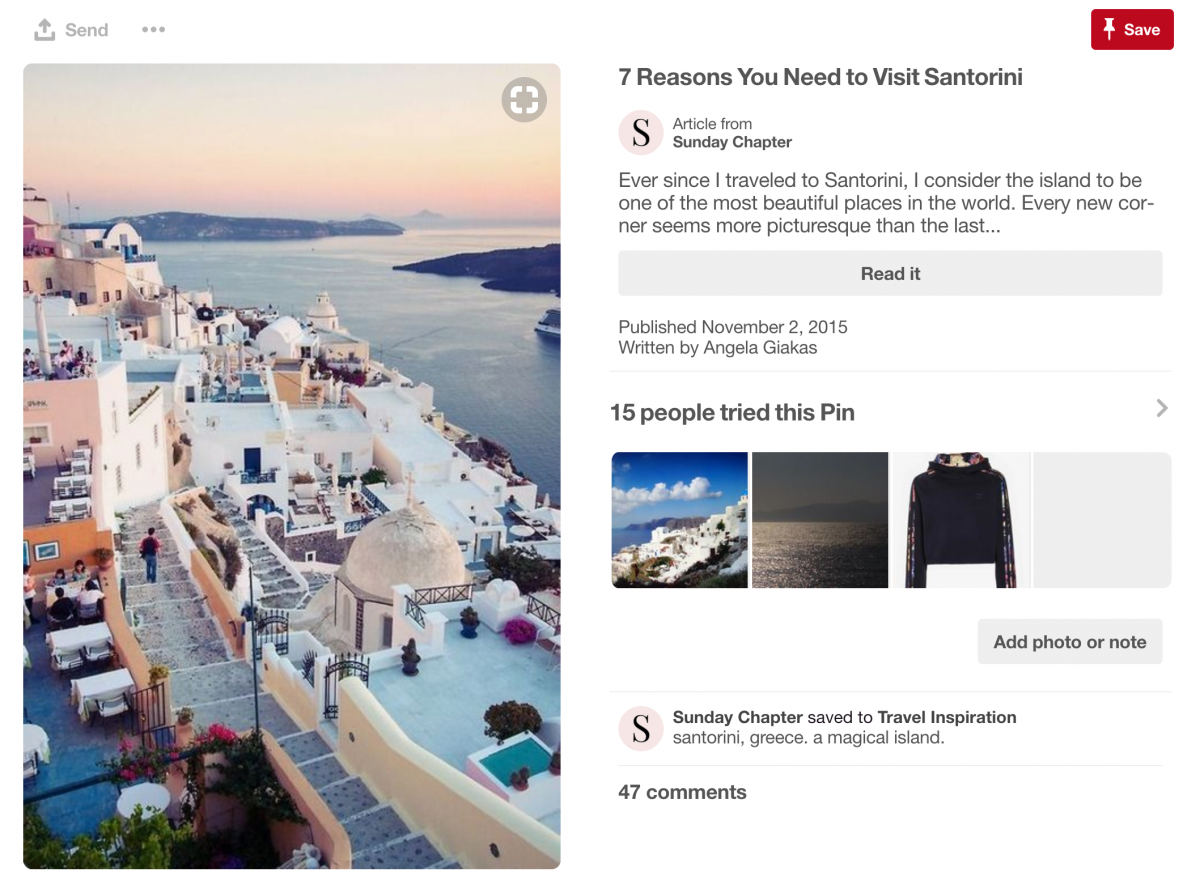
Instagram is another great social media channel to share your email campaign content. Images work brilliantly in emails and you could share your best images from recent campaigns on your Instagram channel. It also works in reverse – you can repurpose Instagram content for your email marketing.
An advantage of using social media is that you can use #hashtags or create categories to expose your content to people interested in a specific topic. And once you’ve impressed them with a snippet of your content, perhaps they’ll want to find out more by following you, visiting your website or joining your mailing list.
You can also retweet or share other peoples’ content. If you’ve been mentioned by another company or happy customer, share it with your followers. Not only will it provide social proof for your brand, but it is a fun and easy way to reward your followers with additional exposure.
By sharing positive testimonials, and interacting with followers on social media, you build the reputation of your brand and your relationship with followers. And that lays a strong foundation for followers to become subscribers.
4. #Ad – advertise your mailing list on social media
The beauty of social media is that it grants you access to a wide audience. So, instead of waiting for people to visit your website and subscribe, why not bring your mailing list directly to them?
Entice potential subscribers by creating ads that promote your mailing list on social media. For example, you can use Twitter Cards that drive traffic from your Tweet to your website – ideally a dedicated landing page with your mailing list sign up form.
Here’s an examples of what Twitter Cards look like:
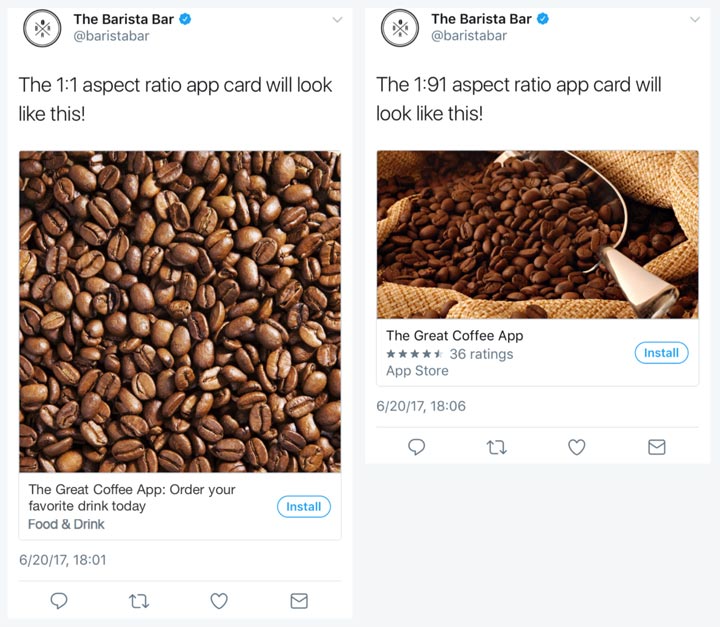
Facebook pages are also very useful for increasing your subscriber count because you can add an email sign-up button on your profile.
Here’s an example of Dollar Shave Club using a ‘Sign Up’ CTA button on their Facebook page:
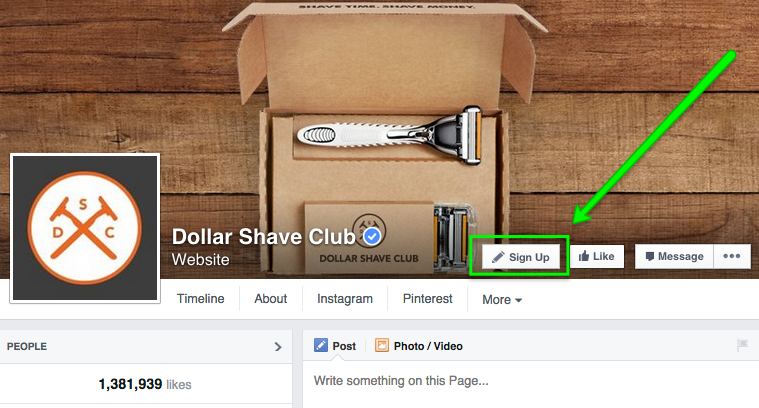
You can also use CTA buttons on your ads, as you can see in this example by theSkimm:
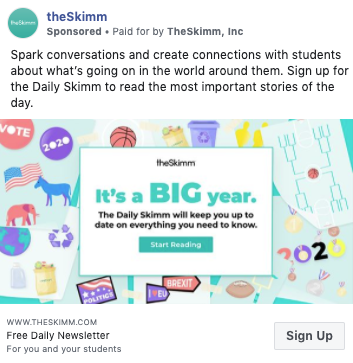
Although Instagram does not let you add a CTA button on your profile page, you can add a link to your sign-up form in your optimised Instagram bio. Or you can create an Instagram story and have viewers ‘swipe up’ to access the form.
Here are three examples of how brands are using Instagram stories to increase traffic to their website using the ‘swipe up’ feature:
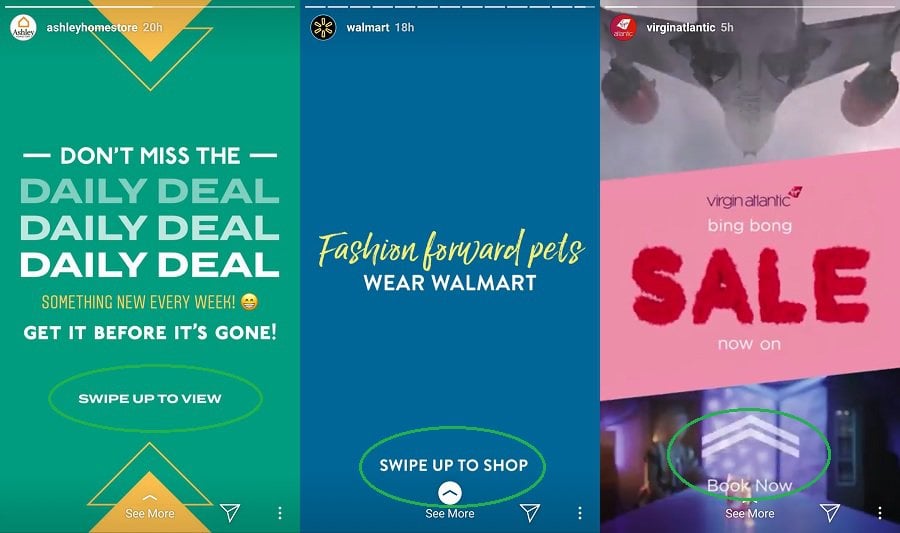
Unfortunately, this feature is only available to profiles with over 10,000 followers. However, posting extracts of content from your emails in your Instagram Stories can still encourage followers to head to your website and sign-up. Or there’s always Instagram Ads – this gives you the option to include a CTA and direct users to a particular landing page.
One final option across all social media channels is to create retargeting ads using website traffic data to identify an audience that visited your website but did not subscribe. Then, you can show those visitors ads prompting them to join your mailing list.
You can also integrate email marketing with Facebook to create a look-alike audience based on your subscribers. Doing this means you can advertise to people who are similar to the people already on your mailing list.
5. #Influencer – get noticed by other people
Influencer marketing is booming right now. From mega-influencers with a follower count in the millions to micro-influencers with 500-10,000 followers, brands are using them all.
According to MediaKix, 80% of marketers find influencer marketing effective. And 71% say their return on investment is the same, if not better, than other marketing strategies.
Influencer marketing is generally used for increasing sales rather than building mailing lists. But you can use influencers to generate more hype about your business and increase brand awareness. Which will naturally help grow your mailing list.
You can then use content of your products created by influencers in your email campaigns. For example, Superdrug featured @snatchedbywill, who has over 4,500 Instagram followers, as a ‘#superdrugspotlight creator’ in their weekly email.
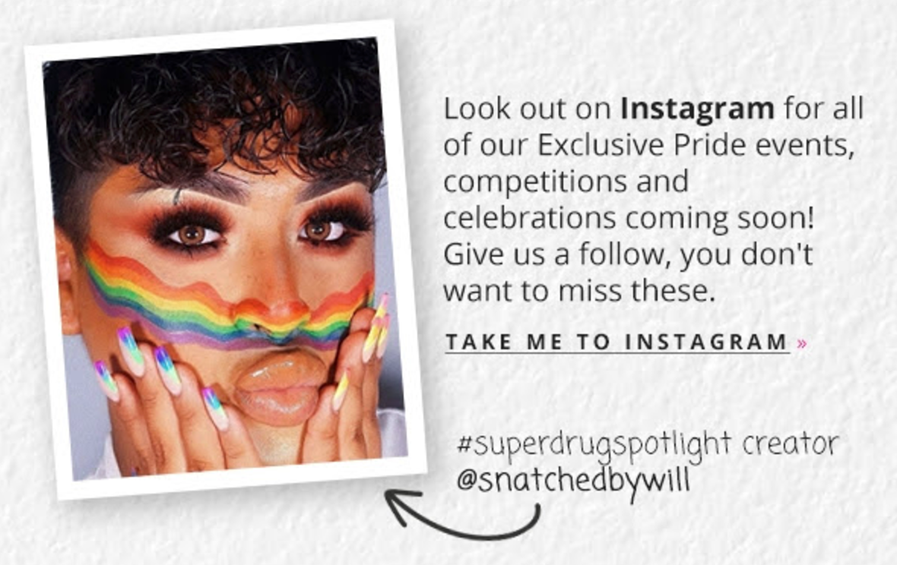
By working with influencers you tap into audiences with certain interests or a specific demographic. Particularly, younger audiences.
According to a survey from 2019, 72% of people aged 13-38 follow influencers. And 50% say they trust the recommendations and advice influencers give. So if you want to get millennials and Gen Z interested in your brand and subscribing to your mailing list, influencers are the way to go.
And featuring influencers in your emails is a great way to reward them for promoting your products. As you’re helping to increase their online visibility and gain more followers.
That way you’re both helping each other out!
6. #Giveaway & #Competition – offer your followers something free
Exclusive content, freebies or competitions are a brilliant way to attract both followers and mailing list subscribers. These different tactics use aspects of marketing psychology – specifically the idea of reciprocity – to get customers to take action.
You can use content assets, such as free templates, to entice followers into signing up to your mailing list. Here’s an example of AdEspesso advertising a free eBook on Facebook:

Like AdEspesso, you can use a lead magnet to draw users to your website. And then you can ask them to provide their name and email to receive the free content or item.
Creating competitions and promoting them on social media is another great way to gain subscribers. For example, Hilton Honors offered a chance to win a 5-day free trip to one of their hotels.

By asking individuals to provide their name and email to enter the competition, you’ll increase your number of contacts. And if you’re giving away one of your products, you’ll have a new audience that you know are interested.
Why is this handy?
Because you can create a follow-up or series of emails to tell them about similar products or offer them a special discount.
Another benefit of integrating competitions held or promoted on social media in email campaigns is that emails related to competitions or giveaways perform well. According to data, emails that include confirmation of entering a competition or giveaway receive 46.9% higher open rates than standard emails.
But using confirmation emails for competitions is not just beneficial for your open rates. They can help remind competition enterers of the terms and conditions.
Take a look at another example from Superdrug, where they include important information about their competition in the footer of the email.
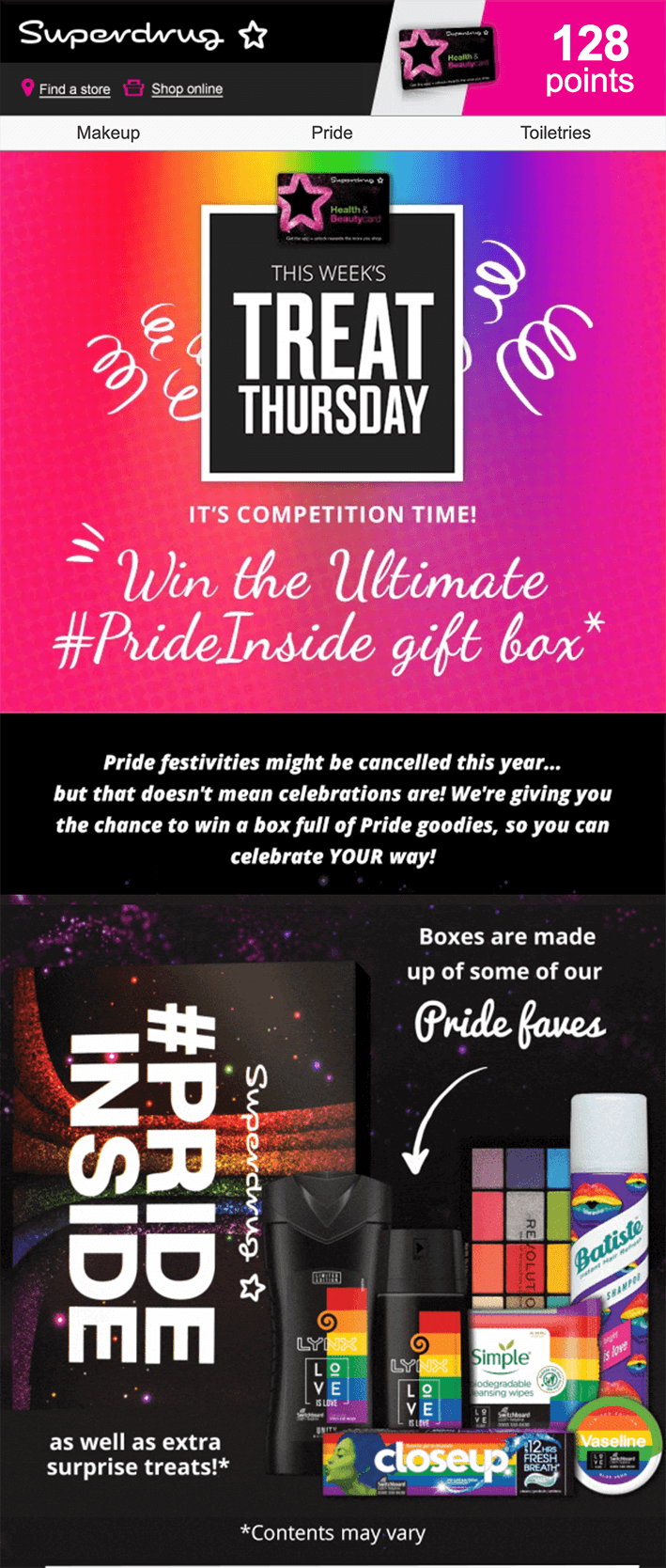
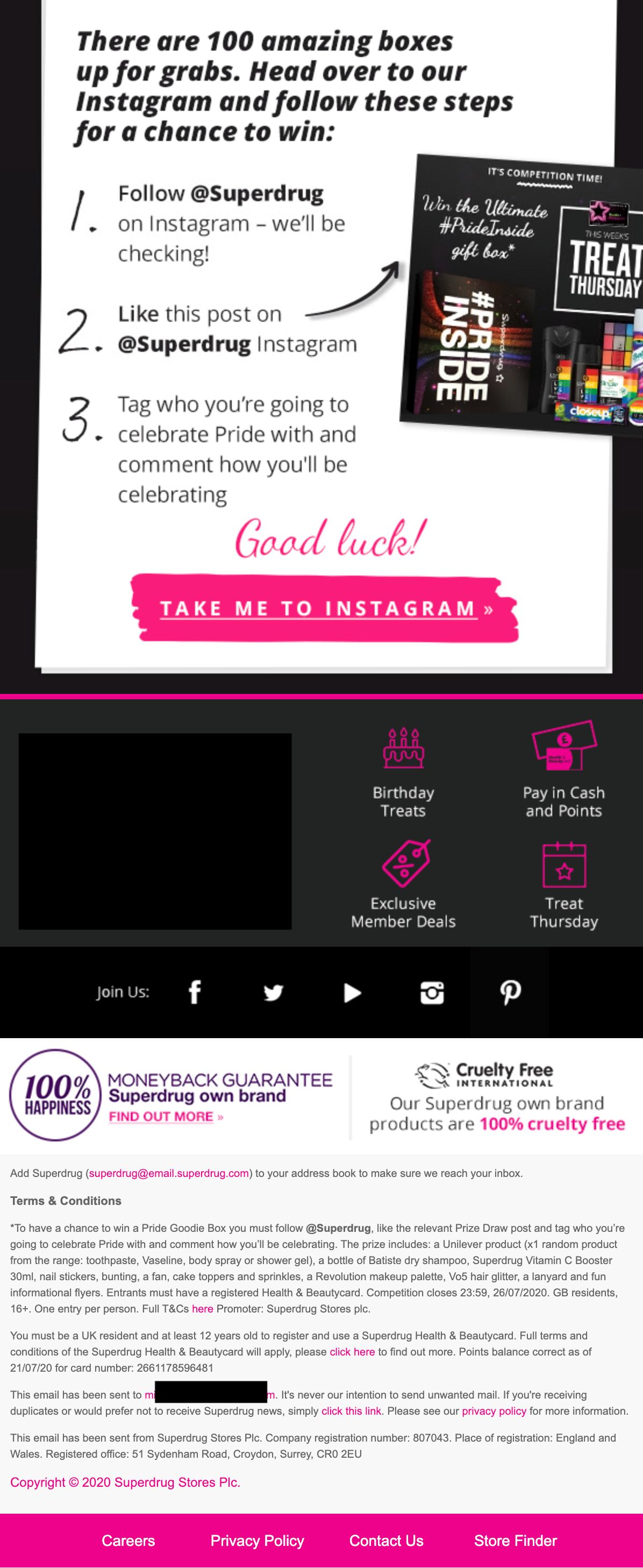
In the email, Superdrug includes details on the prizes, the competition end date, and specifications on who can enter.
Providing terms and conditions for a competition is a legal requirement. And including key details in your emails helps the enterer know more about what they can expect to receive and when.
Final thoughts
Using both social media and email campaigns is a winning marketing strategy. They both feed into and support each other, allowing you to grow both your follower count and your mailing list.
Social media can assist in every step of the marketing funnel to gain new subscribers. While including social media content in your emails can encourage subscribers to interact outside of the inbox. And engage with you on different social media platforms.
Taking a holistic approach means you will not only generate new leads, but will elevate the customer experience. So don’t be afraid to try new strategies, target new audiences and use social media to boost your business.
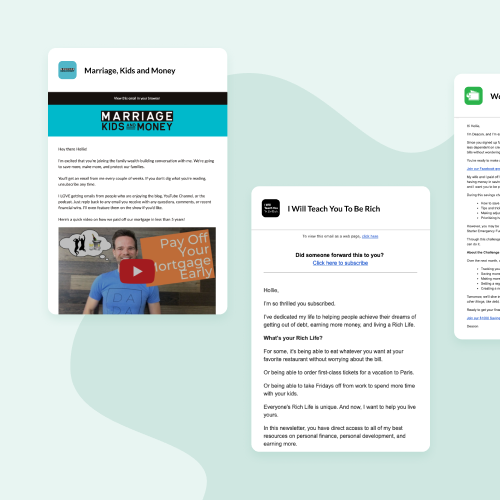
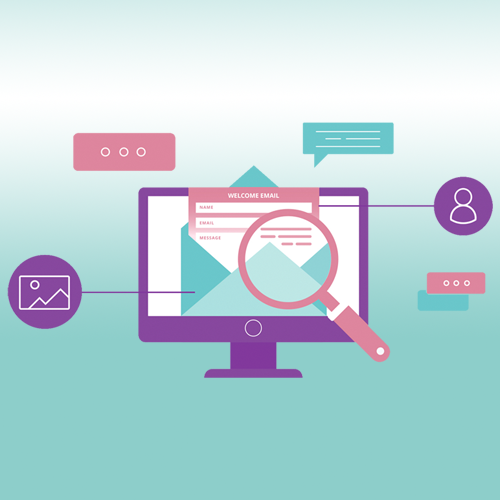
No Comments
Leave a comment Cancel